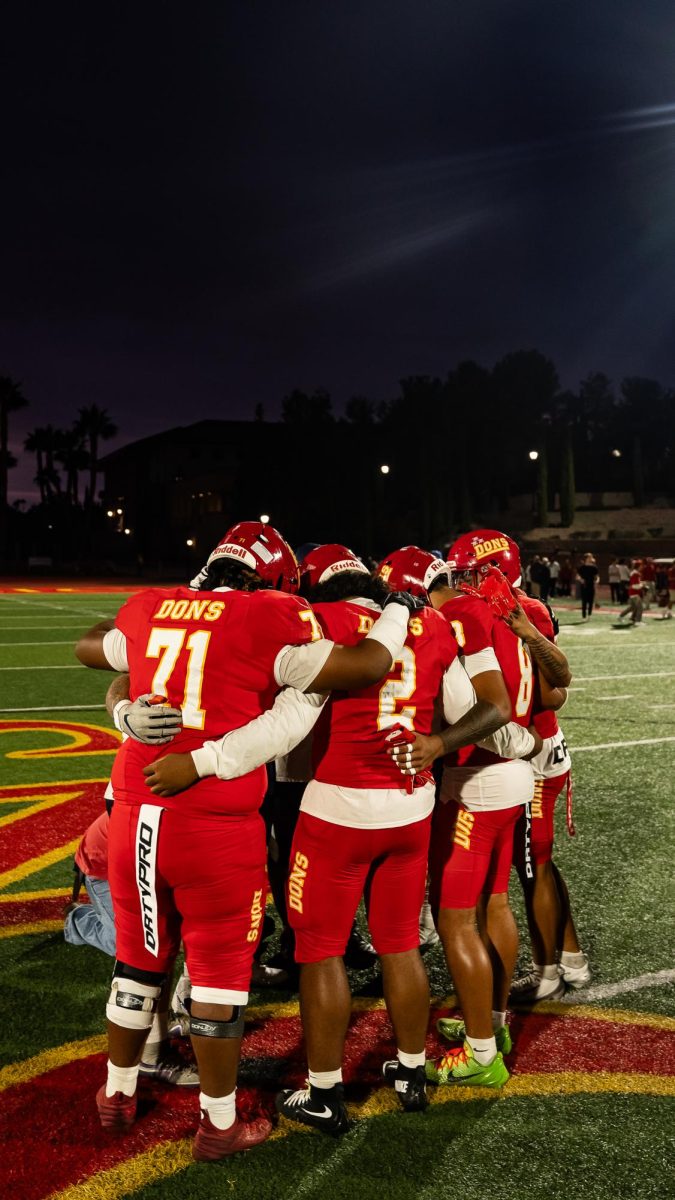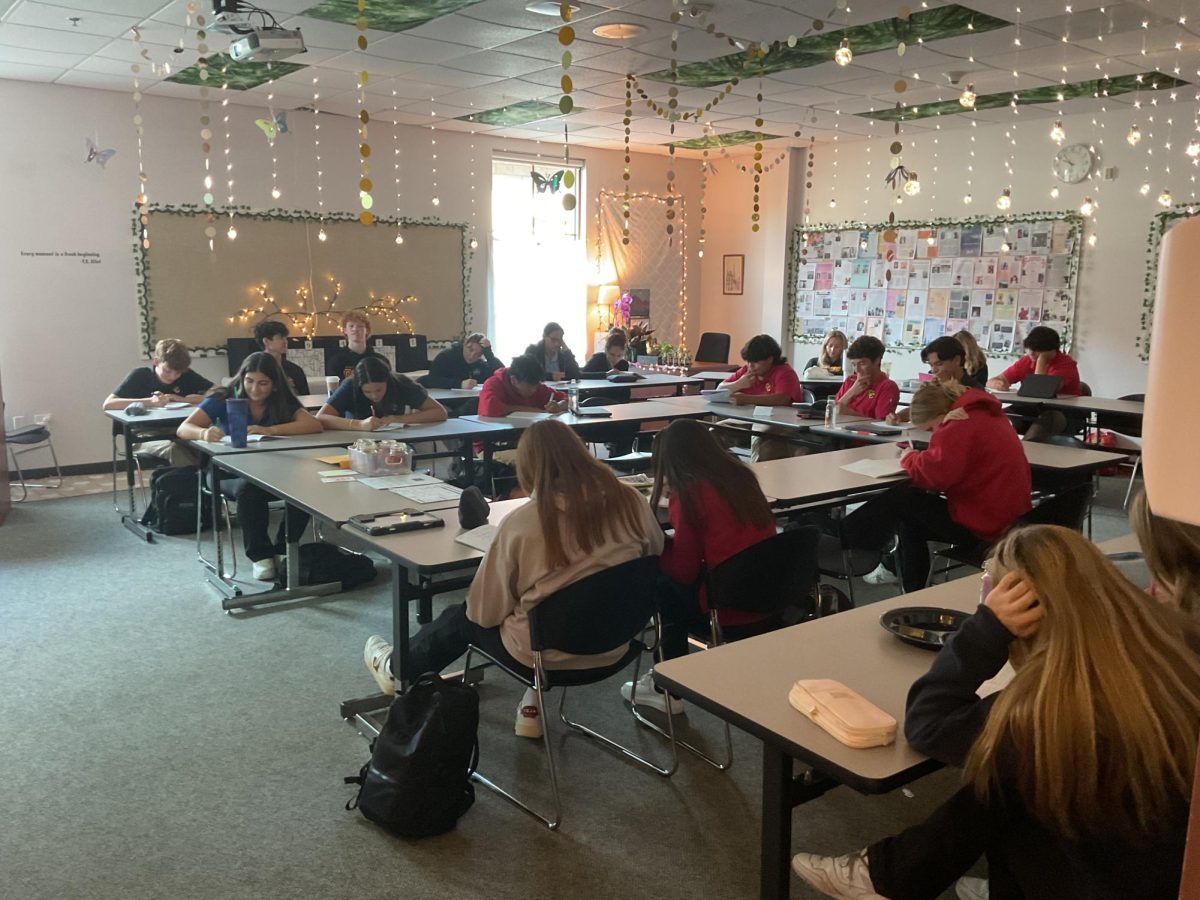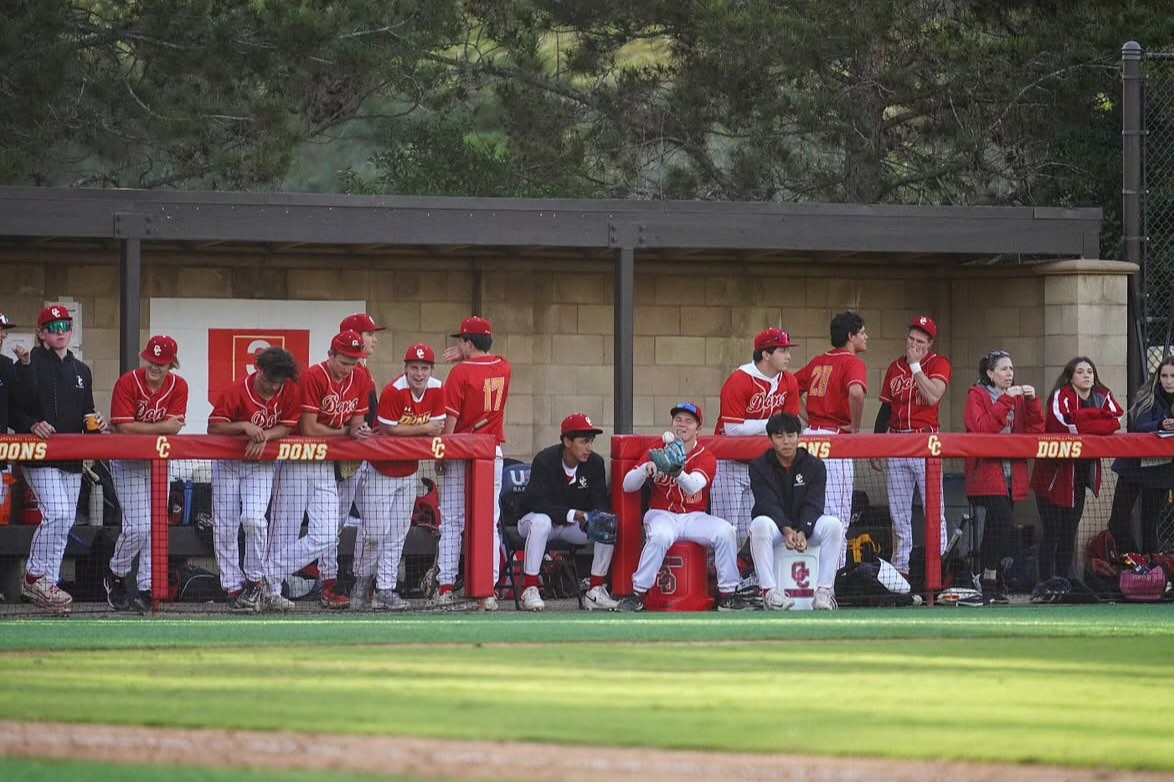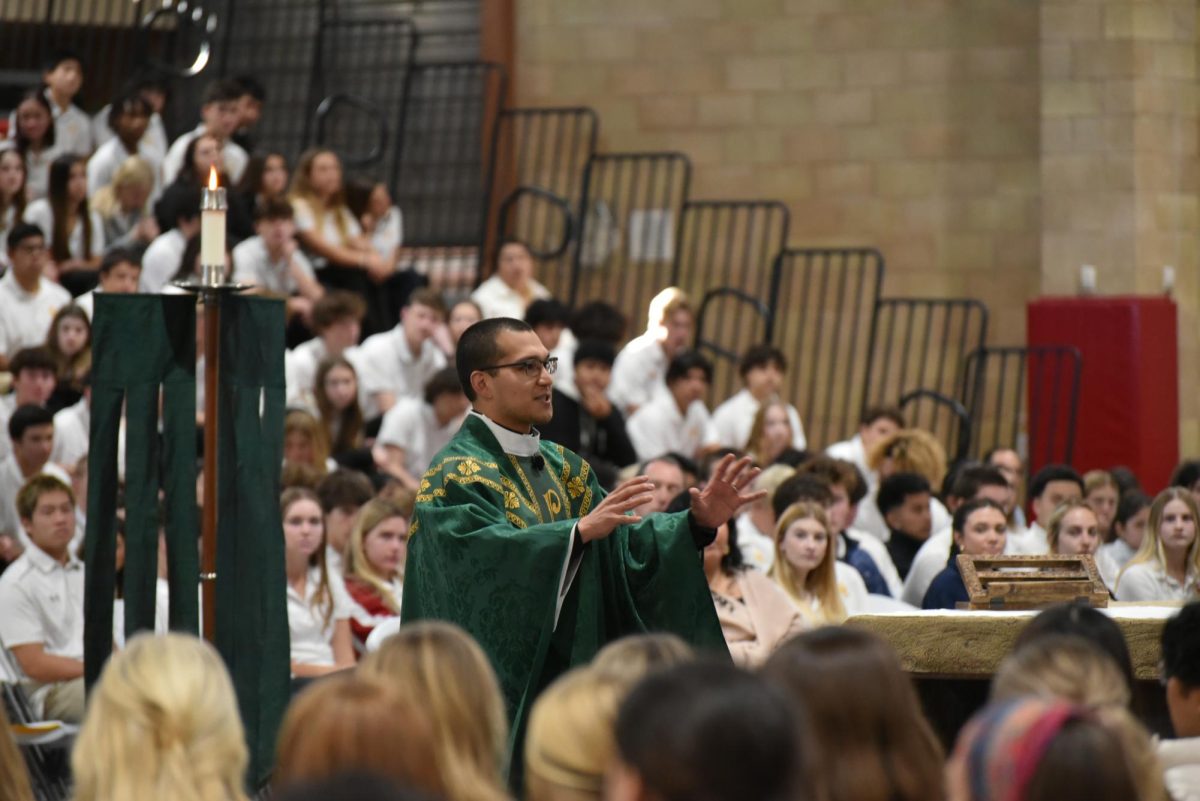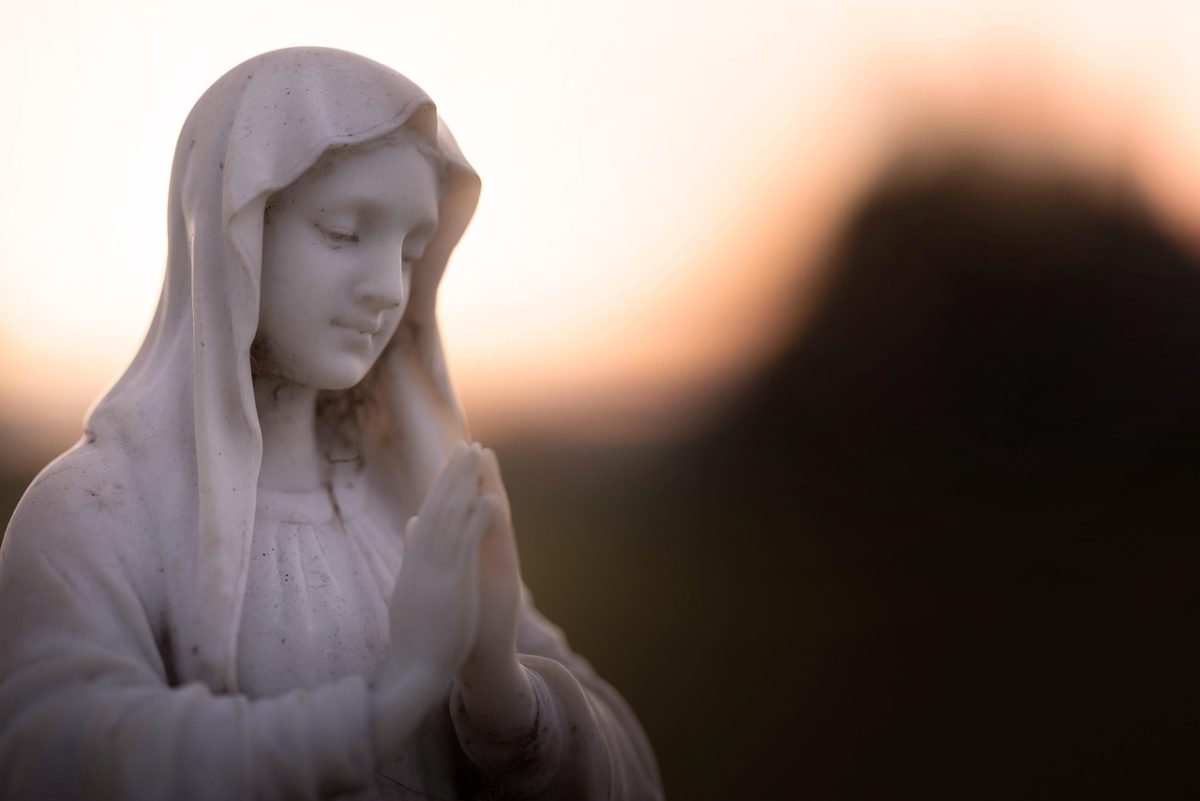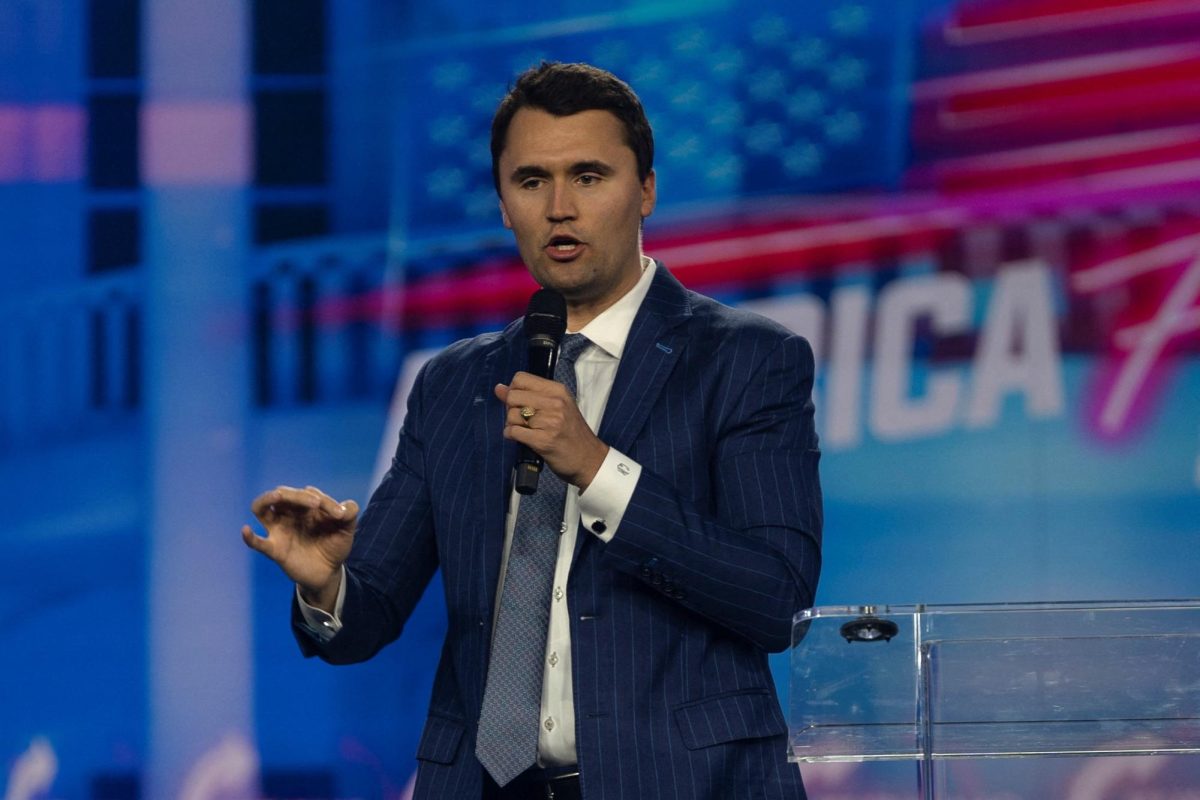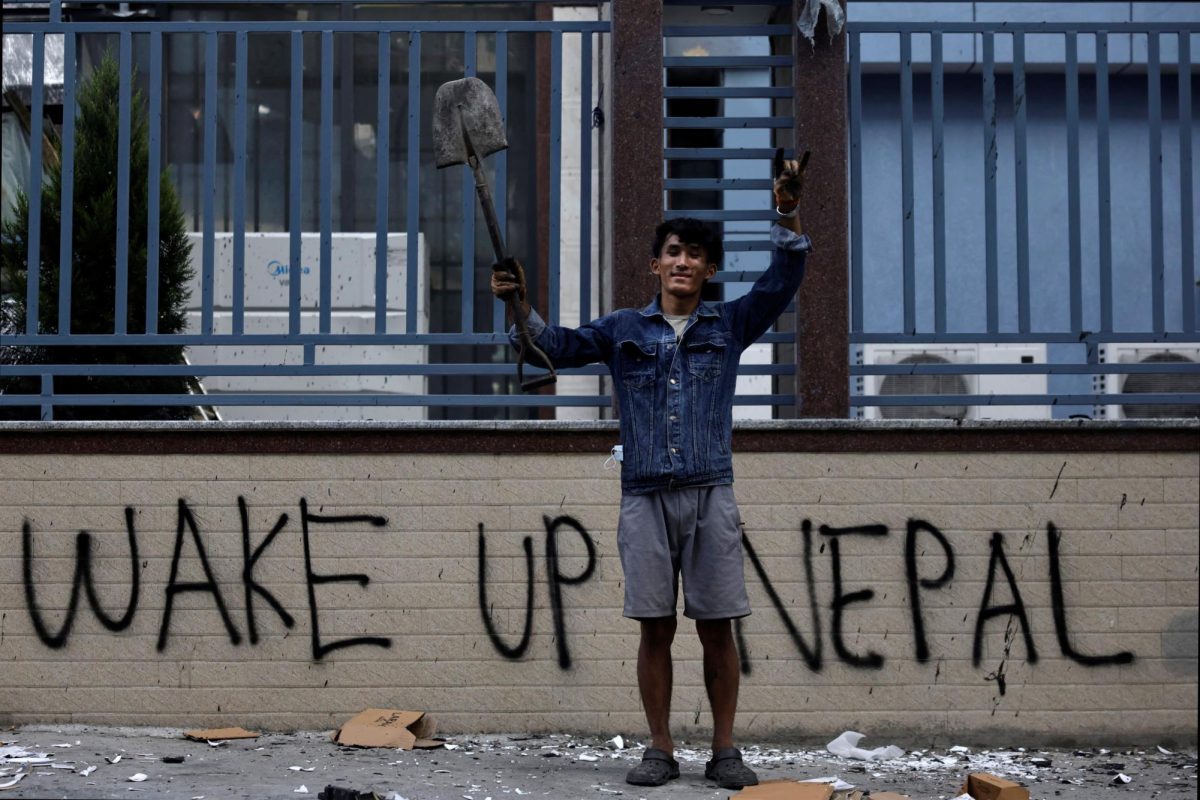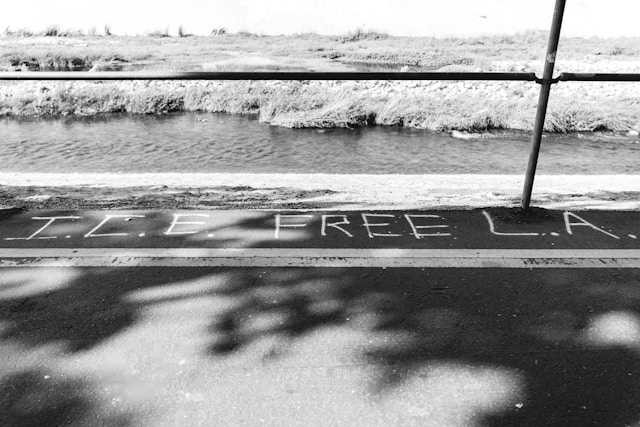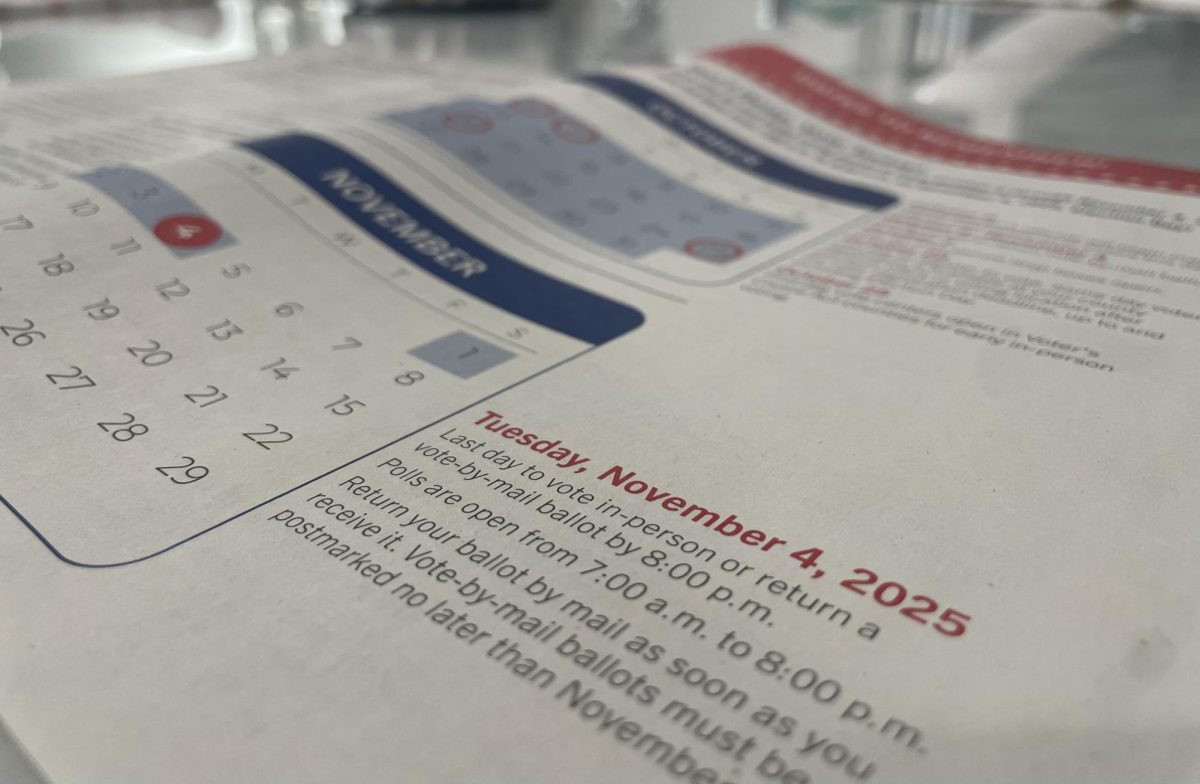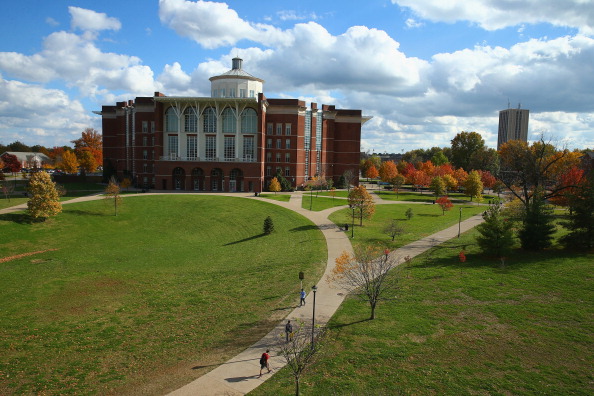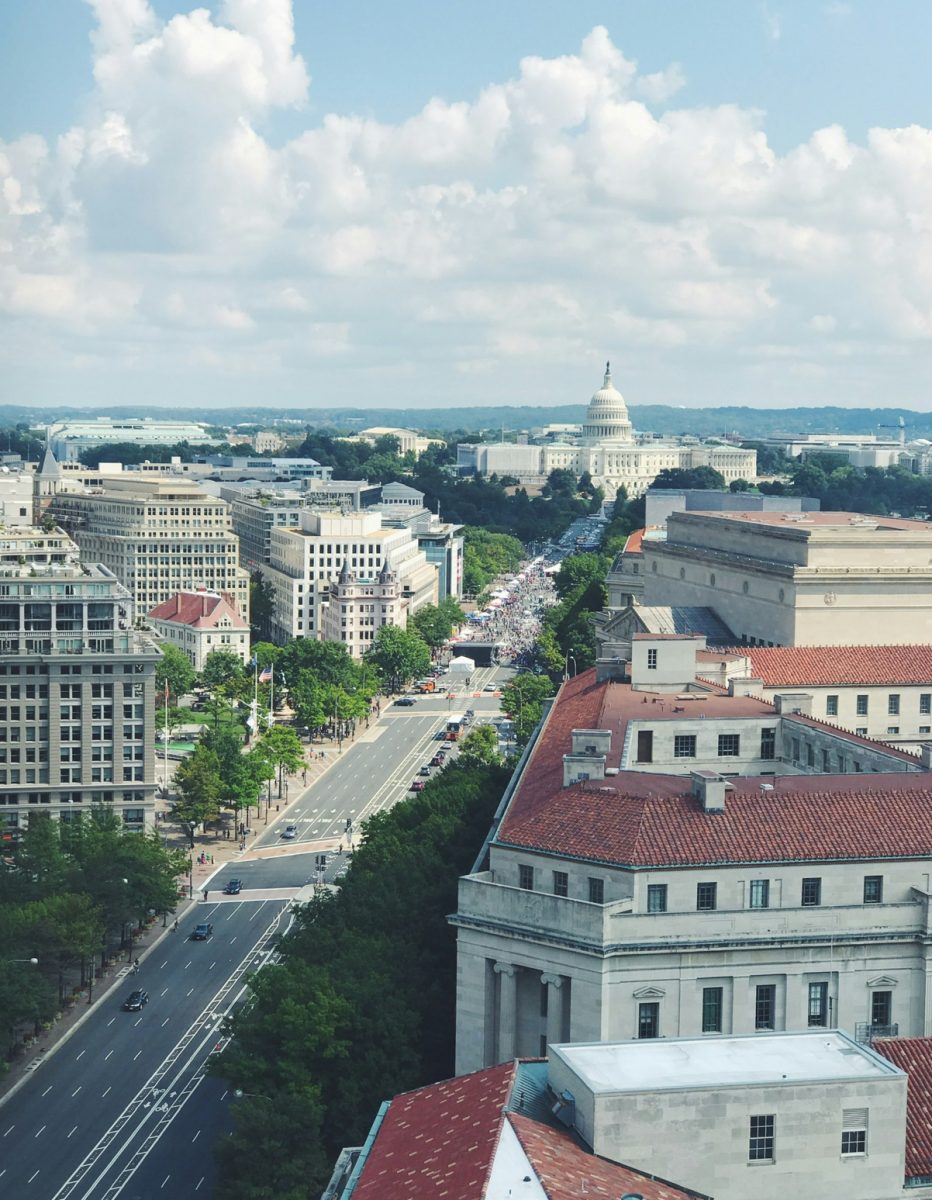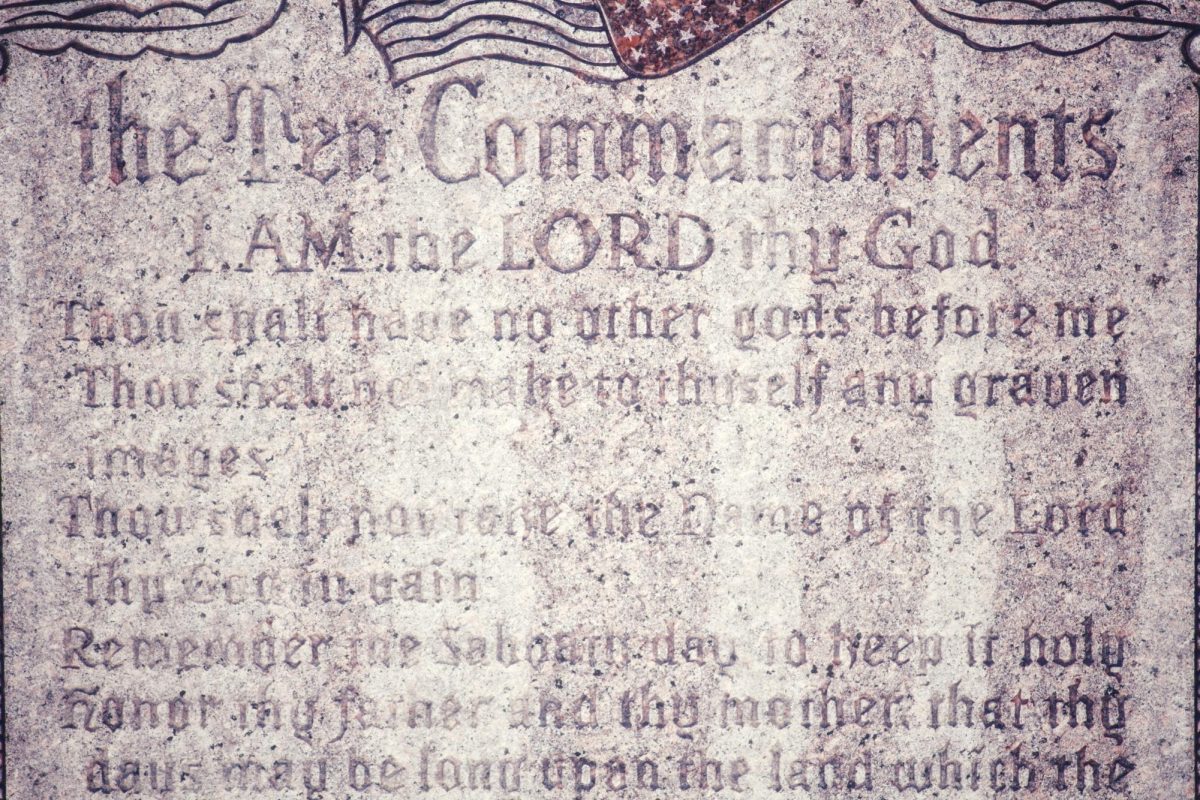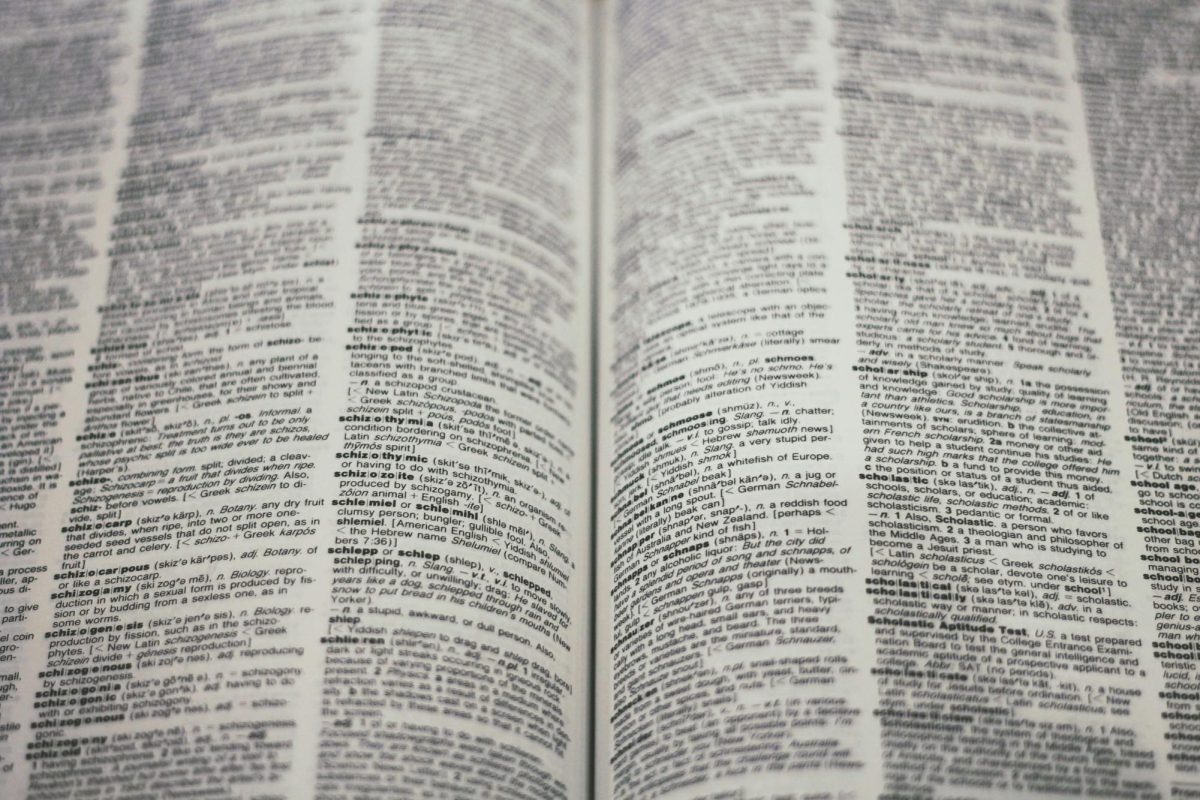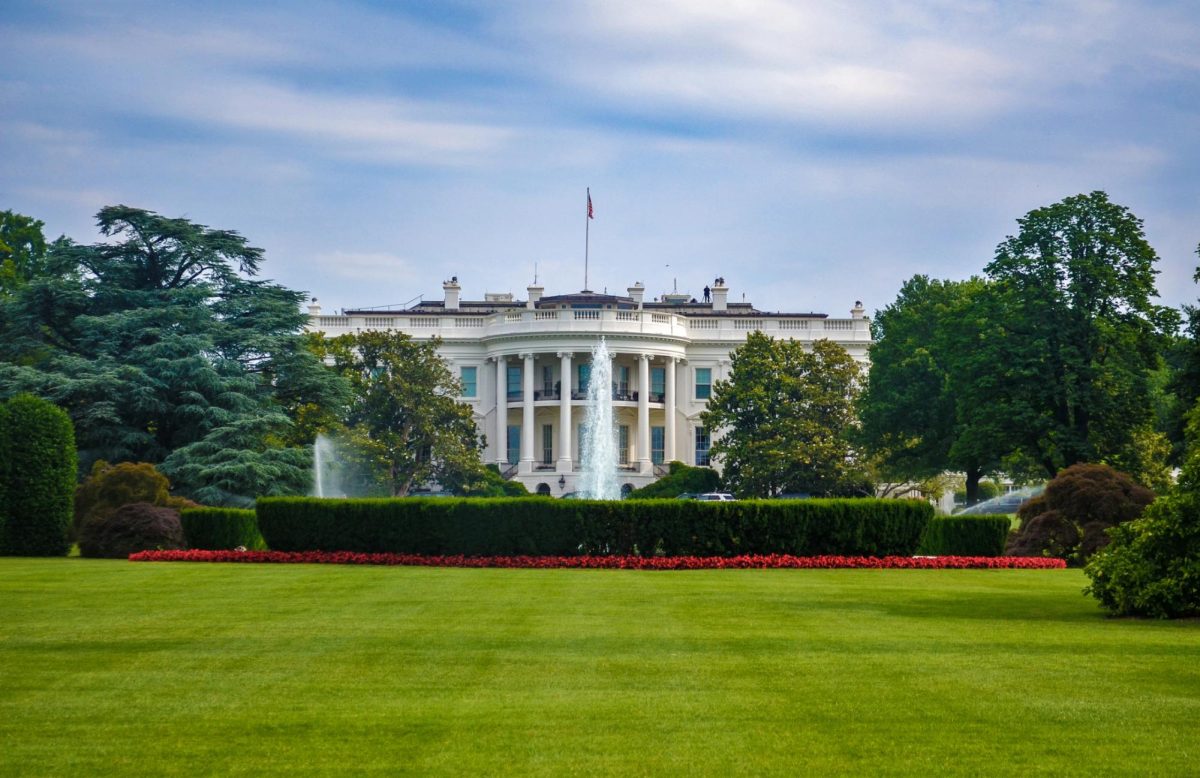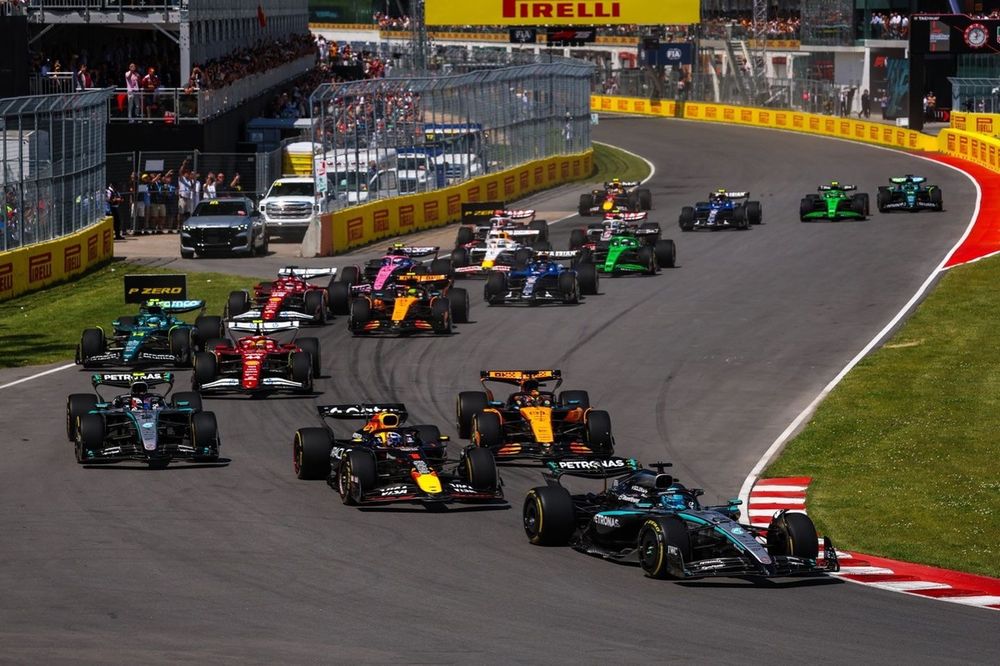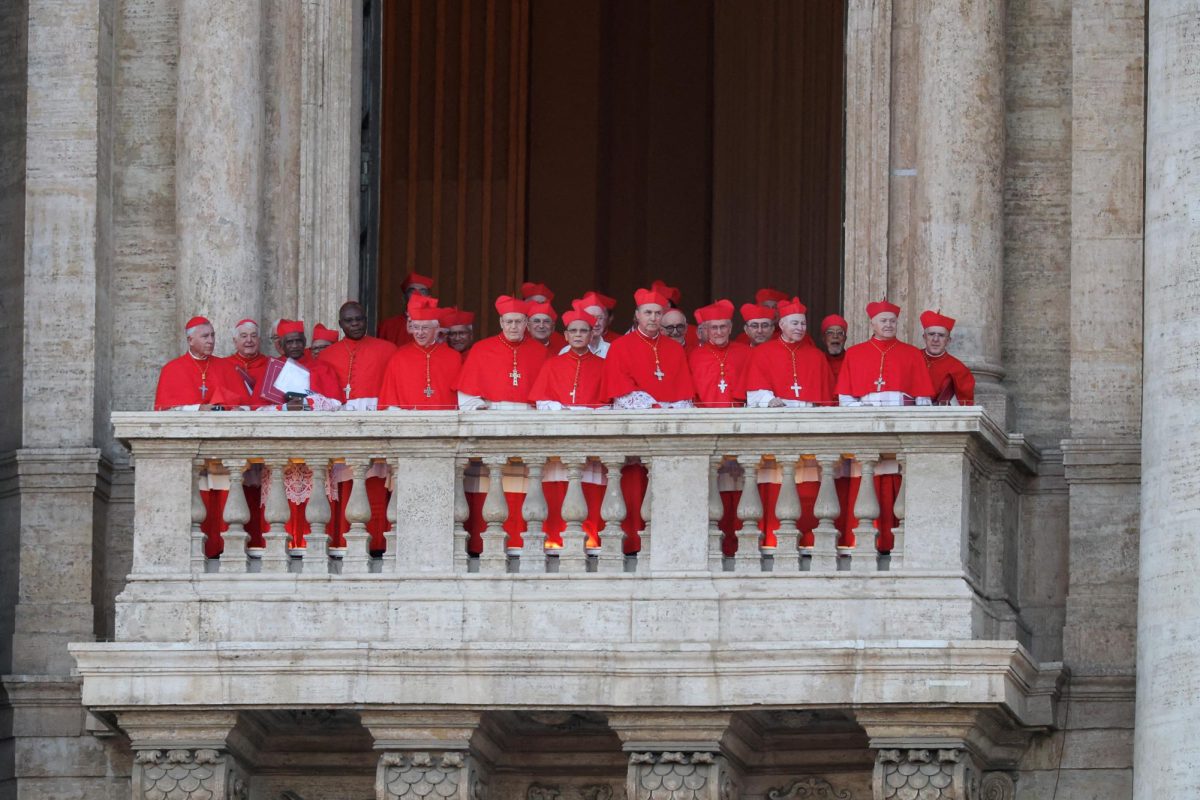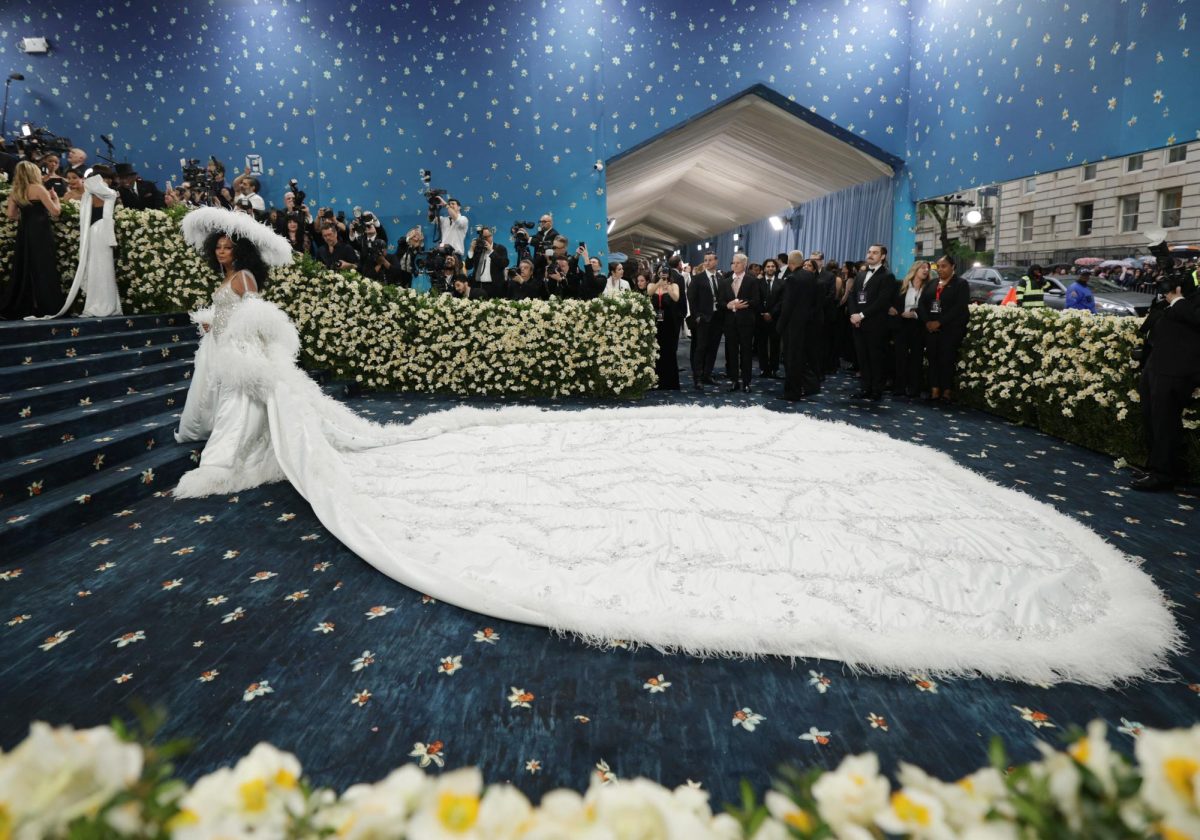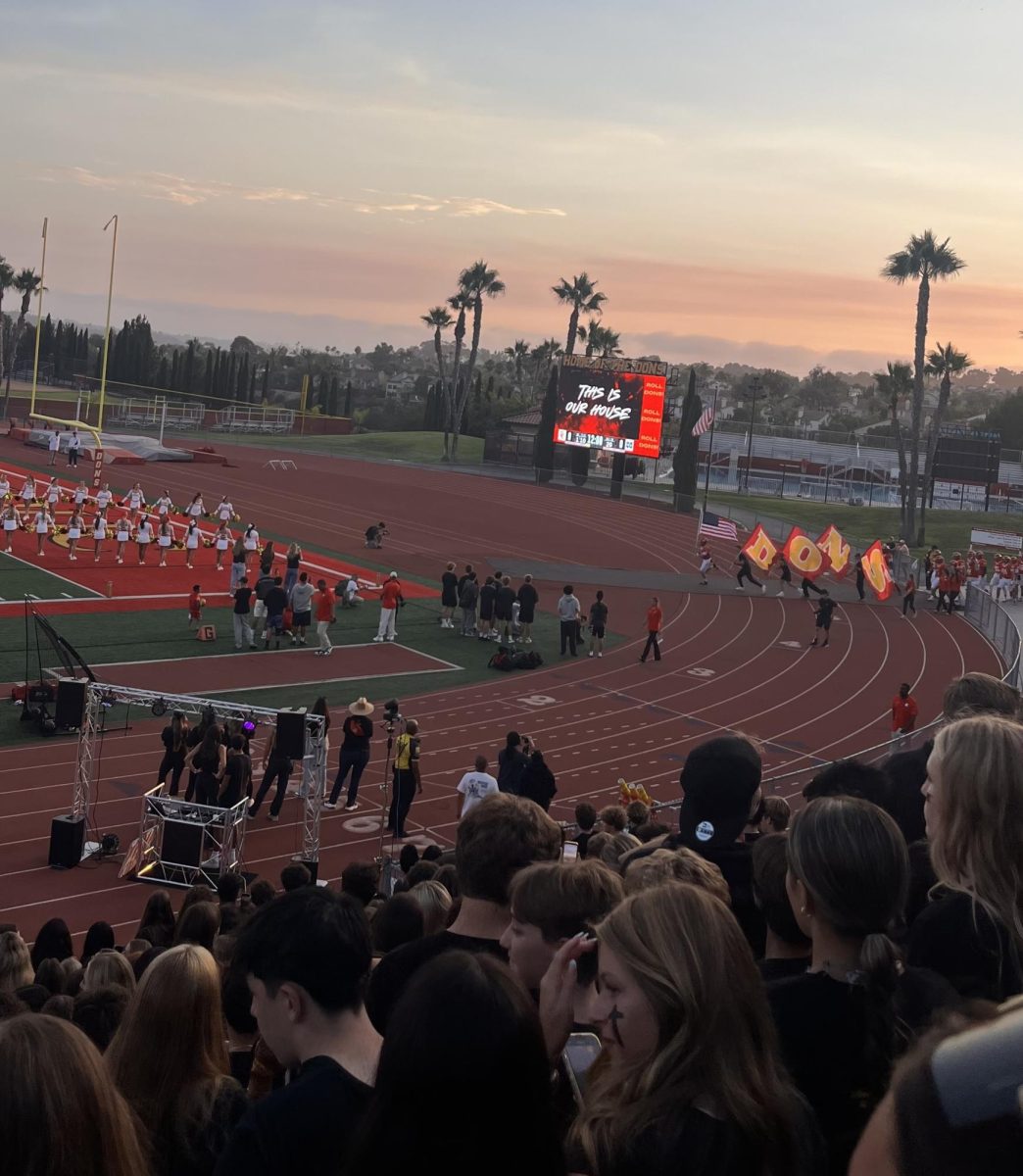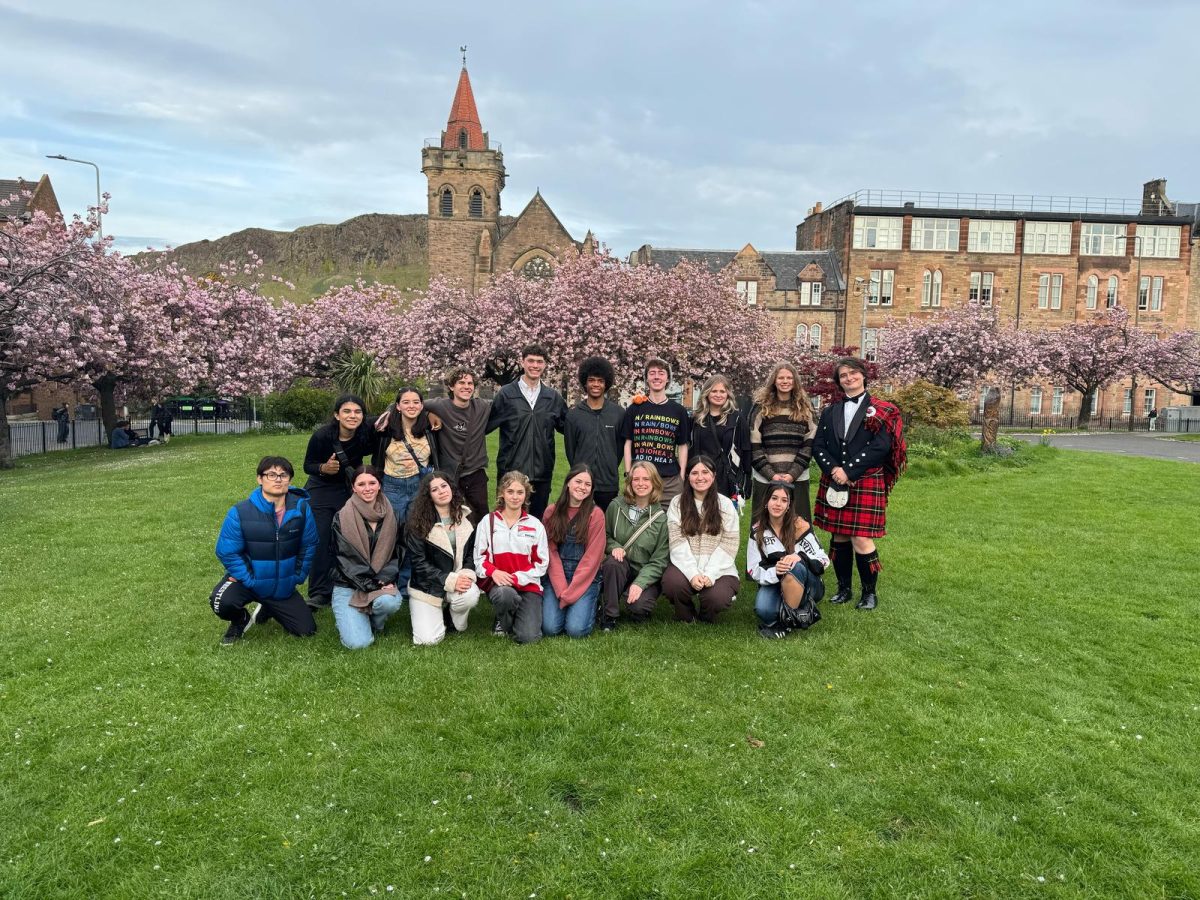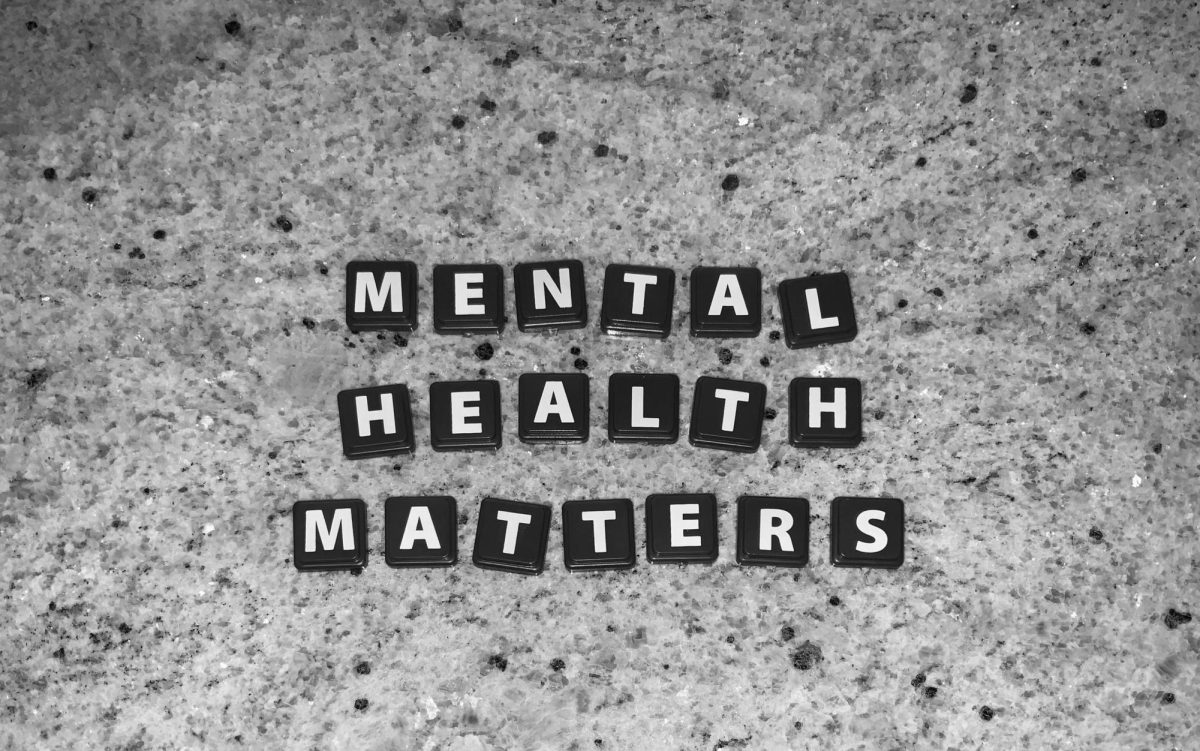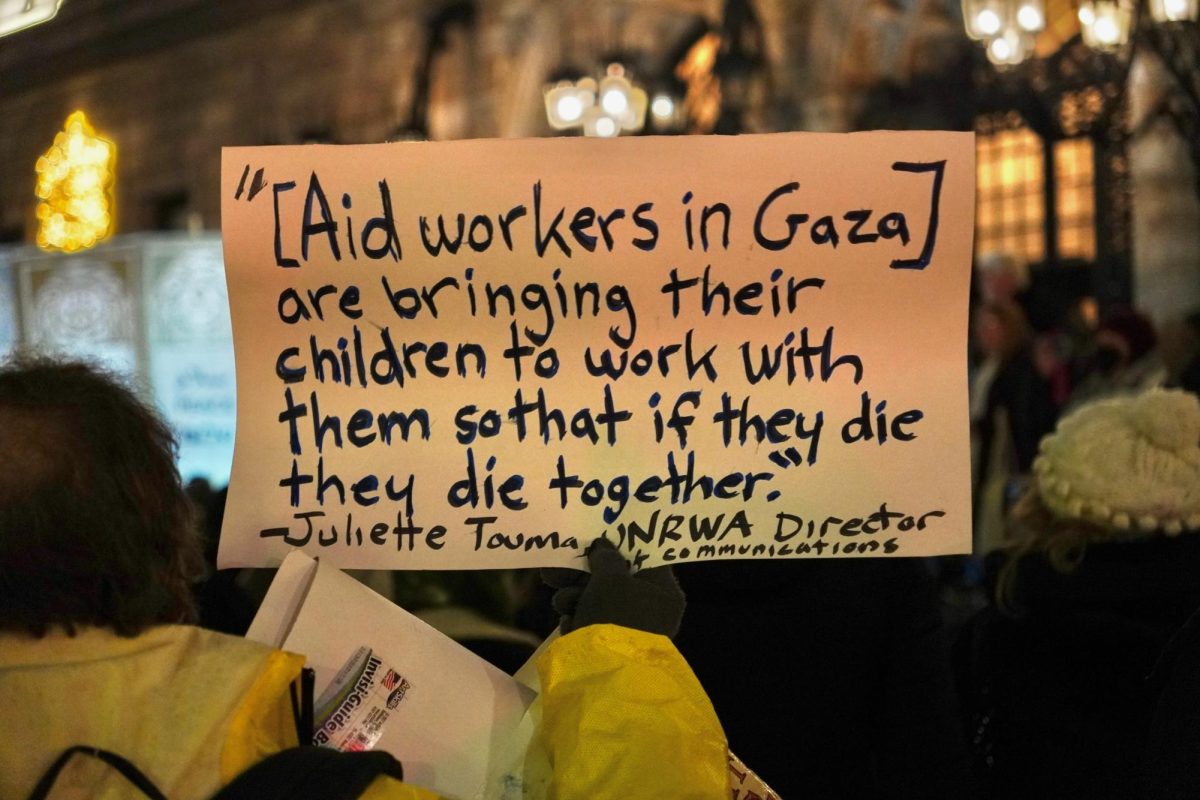After nearly 15 months of devastating, seemingly never-ending war in Gaza and Palestine, a ceasefire has finally been reached through painstaking negotiations. The ceasefire marks a critical moment in the long conflict and offers a fragile yet vital pause to the violence. After countless airstrikes, attacks, and casualties, the agreement fosters hope for relief, although long-lasting peace remains uncertain.
The ceasefire was announced on January 15, 2025 after months of negotiations led by the US, Qatar, and Egypt. “The deal aims to bring a permanent end to the fighting and free hostages held by Hamas in Gaza in exchange for Palestinian prisoners held by Israel,” according to BBC.
The attacks on both sides have been nothing short of horrific, which began when 1,200 people were killed when Hamas attacked Israel on October 7th, 2023. This triggered a massive Israelite attack on Gaza, which has killed more than 47,000 Palestinians. It is clear that both sides have suffered extreme loss because of this war and a ceasefire was crucial in preventing any more civilian bloodshed and destruction.
The deal will be carried out in three stages, based on a proposal made by former President Joe Biden in May 2024.
Stage One
Stage one includes a complete ceasefire which will consist of the release of 33 female, children, and older civilian hostages by Hamas in exchange for 1,900 Palestinian civilian and female soldier prisoners by Israel. In addition, Israeli forces will move out of populated areas to the edge of the Gaza Strip. Finally, displaced Palestinians will be allowed to return home as aid finally enters the strip.
Stage Two
Stage two includes the declaration of sustainable calm, meaning the end of military and hostile operations. Additionally, stage two will allow for the freeing of the remaining male hostages both soldiers and civilians on both sides. It also includes the complete withdrawal of Israeli troops from the Gaza Strip.
Stage Three
Stage three includes the exchanging of bodies of Israeli hostages and Palestinian fighters. Stage three will begin the reconstruction of Gaza, which includes food, shelter, and water aid to those impacted by the war. According to AP News, “The draft deal specifies that equipment will be allowed in to build shelters for tens of thousands whose homes were destroyed and to rebuild infrastructure like electricity, sewage, communications, and road system.” This deal is crucial in helping Palestinians and Israelis begin to rebuild their lives after facing months of death, malnutrition, and disease.
With the ceasefire underway, civilians are still uncertain of how permanent and effective the ceasefire will be in the future. When asking Cathedral Catholic teacher Mr. Murphy about the challenges of maintaining a long-term ceasefire, Mr. Murphy explained, “Both groups have demands that they are not willing to let go of and they have such culture and identity instilled in their demands… and one side does not feel like they are being treated like people and the other side has been facing persecution for a millennium.” It is clear that the issues on both sides are deeply rooted in their cultural identity and they are not willing to back down on many real issues, which makes the potential for a permanent solution nearly impossible.
With such uncertainty for the near future, the ceasefire offers a beacon of hope for a brighter, more peaceful future, although some see the beacon as foreshadowing for a future of conflict and tension. Whatever the future holds, citizens of Gaza and Palestine will begin to rebuild the life that was so unfortunately taken from them and return to some resemblance of normalcy amidst so much death, destruction, and disease.


